Lionsgate Logo Design: History & Evolution

Image Courtesy: Lionsgate
When it comes to iconic emblems in the entertainment industry, the Lionsgate logo design stands tall. An intriguing amalgamation of creativity, symbolism, and innovation, it's a logo that captures attention across global markets. If you're a graphic designer who's ever wondered about the artistry behind this memorable mark, you're in the right place!
The Lionsgate logo design didn't just spring to life overnight; it has a rich history and has evolved over time to become the representation we know and admire today. From its humble beginnings to the cutting-edge aesthetic now associated with some of the biggest films and series, the Lionsgate logo design is a testament to artistic ingenuity. This article will take you on a journey through its transformation, dissecting its elements and understanding what makes it resonate with audiences worldwide.
Whether you're an aspiring designer looking to grasp the fundamentals or a seasoned professional seeking inspiration, the evolution of the Lionsgate logo design holds valuable lessons. Buckle up, and let's dive into a world where creativity reigns supreme!
Lionsgate Logo Design History
1962 - 1969
In the vibrant world of entertainment, 1962 marked the appearance of a burgeoning company named Cinépix in the heart of French-speaking Montreal, Canada. The Lionsgate logo design's genesis can be traced back to these early years with the Cinépix logo, offering a truly unique visual representation for the graphic design enthusiasts among us.
Taking inspiration from the French word for cinema, the Cinépix logo was designed with a sense of expansion and exploration. Consisting of the yellow company name set atop an elongated rhombus with cunningly trimmed horizontal corners, it spoke of an invitation to see the world from a fresh perspective. Cinépix was not just about showing films; it was about expanding the world's view, bringing life to varied angles and perspectives.
For graphic designers, the simplicity and clever symbolism behind the early Lionsgate logo design provides a classic example of how minimalistic elements can be used to convey profound ideas. The shape and color choice gave off a feel of brightness and expansive thinking, attributes that were fundamental to the company's vision.
In those formative years from 1962 to 1969, Cinépix's logo told a story, one that laid the groundwork for what would become one of the most recognizable visual identities in the entertainment industry. It's a testament to how effective logo design can capture the essence of a brand and communicate it seamlessly to its audience.

Image Courtesy: Lionsgate
1969 - 1989
Fast forward to 1969, and Cinépix began a transformative journey, evolving into a film studio. The change wasn't just in operations but also visually represented in the Lionsgate logo design. The transition from a word identity to a completely visual one encapsulates the company's foray into the filming process.
The new logo was creatively designed as a roll of film with a bend forming the capital letter 'C.' On this bend, pixels arranged in rows become apparent, and the black and white stripes on the 'C' are akin to alternating film frames. This brilliant design reflects the studio's communication with the world through moving pictures.
For graphic designers studying the Lionsgate logo design from 1969 to 1989, it's a remarkable lesson in visual evolution. It illustrates how symbols can be powerful communicators, and how a logo can morph to represent a company's growing ambitions. The adaptation of the logo to symbolize the essence of filming is a masterstroke, making it a timeless piece in the history of logo designs.

Image Courtesy: Lionsgate
1989 - 1994
By 1989, Cinépix embarked on another exciting venture, merging with cinema-owning Famous Players to form C / FP Distribution. Naturally, this change brought about a new era for the Lionsgate logo design.
Adopting the emblem used by Famous Players in 1987 as a basis, a row of stripes with a distinctive maple leaf on the right side was crafted. But unlike the original, the new logo had the C / FP inscription added, and "Distribution" was strategically placed below the entire structure.
This period of the Lionsgate logo design highlights the art of fusion and adaptation. Blending elements from two different visual identities into a cohesive whole shows the skills needed in the ever-evolving field of graphic design. It's an intricate dance of keeping brand heritage intact while signaling a new direction.
For graphic designers intrigued by the Lionsgate logo design, the 1989 to 1994 phase offers valuable insights into collaboration and integration in visual branding. It's an illustration of how design can be a unifying force, mirroring the growth and change that companies often undergo.
These three distinct phases of the Lionsgate logo design tell a fascinating tale of growth, innovation, and artistic prowess, each one a chapter in a rich narrative that continues to inspire designers around the world.

Image Courtesy: Lionsgate
1994
The year 1994 marked a defining moment in the evolution of the Lionsgate logo design. The joint venture's renaming to Cinépix Film Properties signified a bold new direction, and the logo was redesigned to match this fresh identity.
One can't help but appreciate the simplicity and compactness of this new design. Comprising three capital letters as an abbreviation, it carries a rich and meaningful composition. What grabs attention is the striking element in front of the abbreviation: a beautiful juxtaposition of half the Canadian flag and half the French lily. For any graphic designer, this symbol reflects more than mere aesthetics; it is a thoughtful nod to Cinépix's foundation in Quebec, a former French colony.
This part of the Lionsgate logo design isn't just visually pleasing; it's a visual tale recounting cultural connections. It's a prime example of how a logo can transcend being a mere visual identifier and become a storytelling canvas. For those in the design field, it's an inspiration to delve deeper into cultural roots to create imagery that resonates.

Image Courtesy: Lionsgate
1994 - 1996
Following the 1994 redesign, Cinépix's purchase of a share in Famous Players led to another intriguing modification in the Lionsgate logo design. The new logo from this era has a distinctly layered approach, consisting of two levels.
At the top, you find the abbreviation CFP (Cinépix Film Properties), and below, the word "Distribution" sits prominently. This configuration wasn't just aesthetically appealing but strategic as well, linking the company explicitly to its line of business.
What truly sets this iteration of the Lionsgate logo design apart is the sharply angled letters, cut as if diagonally, giving the inscription a three-dimensional appearance. It’s as if the letters were fashioned out of filmstrip, and this visual trick captures the imagination, showcasing how typography can be manipulated to convey industry-specific themes.
For graphic designers dissecting this phase of the Lionsgate logo design, it offers a lesson in how type and form can be manipulated to create visual connections to a company's core business. It’s an insightful example of marrying function and aesthetics in logo design.

Image Courtesy: Lionsgate
1996
In 1996, the company shifted gears, changing its name back to Cinépix Inc. Distribution, and restoring its historical roots. The Lionsgate logo design saw a corresponding transformation, retaining the general principle of composition but bringing a unique flair.
The updated logo retained the company's name on top, with "Distribution" at the bottom. While the font was thin and standard, the word "Cinépix" was highlighted in bold. This approach subtly emphasizes the company’s identity, making it stand out.
For the graphic designers who follow the journey of the Lionsgate logo design, this 1996 version is an example of how the careful selection of font weight and composition can infuse a logo with renewed energy while preserving its legacy.
Each of these iterations of the Lionsgate logo design reflects a thoughtful and nuanced approach to brand identity, making it a rich subject of study and inspiration. Whether it's embracing cultural symbolism or manipulating typography, these designs are a testament to the endless creative possibilities within the world of graphic design.

Image Courtesy: Lionsgate
1996 - 1998
A fascinating turn in the journey of the Lionsgate logo design occurred between 1996 and 1998. Just a few months after the renaming to Cinépix Inc. Distribution, the company realized that this change had led to a loss of recognition. Thus, the decision was made to revert to the old name – Cinépix Film Properties, with the logo again molded into a 3-letter abbreviation.
The abbreviation in this phase of Lionsgate logo design formed a horizontal oval, with the letter 'F' centrally placed. This image wasn't mere ornamentation; it conveyed the message that Cinépix distributes films worldwide. The company's ownership of 56% of Cinégroup, a significant player showcasing cartoons in 125 countries with a separate division in the USA, added weight to this visual statement.
As someone deeply ingrained in graphic design, I can appreciate the nuance in this logo. It's not just a pretty image; it's a symbol of global reach and ambition, reflecting the company's status at that time.

Image Courtesy: Lionsgate
1998 - 2004
The period from 1998 to 2004 marks an exciting chapter in the Lionsgate logo design, introducing the world to its well-known name – Lionsgate. When Cinépix was acquired by IMI Computer Corp., a significant transformation began. The origin of the name dates back to 1976 when Director Robert Altman founded Lionsgate in Vancouver, focusing on film distribution.
The Lionsgate name lay dormant until it was revived by Frank Giustra, owner of IMI Computer Corp. He rebranded IMI Computer Corp. to Lions Gate Entertainment and Cinépix to Lions Gate Films.
The new emblem, divided into three levels with the words "Lions Gate Films," forms a metaphorical staircase, symbolizing the rise to success. The name itself is inspired by the real Lions Gate, a breathtaking suspension bridge in Canada.
This era of Lionsgate logo design illustrates how a logo can encapsulate history, location, ambition, and aesthetics all at once. It's not just a business card of the studio but a reflection of its roots in Vancouver.

Image Courtesy: Lionsgate
2004 - 2006
The evolution of the Lionsgate logo design took another intriguing turn between 2004 and 2006. After Frank Giustra sold a significant portion of his stake in the company, the new owners decided to refresh the brand image by shortening the name to the acronym LGF.
This logo version consisted of large black letters, abandoning the earlier Canadian connection as the headquarters had moved to the USA. An explanation was placed below the line, creating a clear and succinct visual identity.
This phase in Lionsgate logo design represents a more global and streamlined approach, reflecting changes in ownership and a shifting focus within the company. For graphic designers, it serves as a reminder that logos are not static; they evolve and change with the organization, capturing its essence at each stage of its journey.
The transformations in the Lionsgate logo design across these periods provide insight into the dynamic relationship between branding, identity, and business strategy, making it a fascinating case study for graphic designers everywhere. Whether it's a nod to cultural roots or a sleek, modern representation, the Lionsgate logo design never fails to inspire.

Image Courtesy: Lionsgate
2005 - Present
The Lionsgate logo design took a minimalist turn in 2006 when the company's name was shortened simply to Lionsgate. This change gave birth to a corresponding logo featuring simple, even, smooth capital letters. On the surface, this design might appear unassuming, but for those in the graphic design field, it resonates with deeper meaning.
This new iteration in the Lionsgate logo design is more than just a visual refresh; it's a concise representation of the brand's evolution. The simplicity of the design echoes the simplification of the name, while also subtly showcasing the size of the company. Each letter stands strong, mirroring Lionsgate's separate large divisions, all united under one banner.
What this phase of Lionsgate logo design teaches us is that simplicity can be powerful. It's a lesson in clarity, efficiency, and the strength of understatement. As graphic designers, we often seek to tell complex stories through imagery, but sometimes, as demonstrated by the Lionsgate logo design, less is indeed more. A strong brand doesn't necessarily need ornate graphics; sometimes, straightforward and honest design resonates most effectively with audiences.

Image Courtesy: Lionsgate
Analysis: Lionsgate Logo Design Evolution
The evolution of the Lionsgate logo design is a fascinating journey that tells the story of not just a company but an industry, a culture, and a testament to the transformative power of design. As graphic designers, we can appreciate how a logo can evolve, reflecting the changing times and adapting to new goals and visions. In this analysis, let's take a closer look at five key aspects that define the Lionsgate logo design evolution.
Simplicity and Clarity
The Lionsgate logo design has moved from more intricate designs to a minimalist approach, especially evident in the change from 2006 to the present. This simplification symbolizes not just the condensation of the brand's name but an emphasis on clarity and directness. It proves that sometimes, simplicity can carry a strong and bold statement without the need for complexity.
Adaptation to Business Changes
Throughout its history, the logo has morphed to reflect significant shifts in the company’s direction and ownership. Whether it's the move from a Canadian symbol to a more global identity or the transition from the original Cinépix name to Lionsgate, the logo has been a visual representation of the company's evolving business strategy.
Cultural and Historical Connections
In various stages of its design, the Lionsgate logo has paid homage to cultural and historical elements, like the use of the Canadian flag or the visual reference to Vancouver's Lions Gate Bridge. These connections add a layer of meaning and context, linking the brand to its roots and unique identity.
Utilization of Symbolism
The logo has employed clever symbolism to narrate the company's story. From the horizontal oval indicating global distribution to the stair-like structure symbolizing the rise to success, the visual elements have been thoughtfully chosen to mirror the company's mission and values.
Consistent Evolution without Losing Identity
One of the remarkable aspects of the Lionsgate logo design is its ability to evolve without losing its core identity. Though the logo has undergone various changes, it has maintained a consistent theme, reflecting its history, ambition, and industry stature. This consistency fosters brand recognition and trust, all while allowing room for growth and reinvention.
The Lionsgate logo design evolution serves as a compelling lesson for graphic designers. It shows how a logo can be a dynamic, living part of a brand, changing and growing along with the company it represents. From simplicity and clarity to adaptation and symbolism, the design choices made throughout Lionsgate's history offer a wealth of insights. It’s a study in how to capture a brand's essence, communicate its story, and engage audiences in a way that is at once timeless and timely. For those interested in logo design or branding, the Lionsgate logo design evolution is a masterclass in visual storytelling.

The Philosophy & Meaning Behind Lionsgate Logo Design
The Lionsgate logo design is more than a mere symbol for a company; it's a visual narrative that embodies the philosophy, culture, and essence of a brand that has grown and adapted over the years. For graphic designers, understanding the thought process and meaning behind a logo can offer valuable insights into the craft of branding. In this section, we'll delve into five core philosophies and meanings embedded in the Lionsgate logo design that can inspire our own creative pursuits.
Embracing Simplicity
The transition to a more minimalistic design in recent years reflects a philosophy of simplicity and clarity. The Lionsgate logo design shows that you don't need complexity to make an impact. Simplicity in design communicates confidence and purity, making the brand more accessible and immediate to the audience.
Connection to Heritage
Lionsgate's logo has consistently maintained a connection to its geographical and cultural heritage. Whether it's referencing the Lions Gate Bridge in Vancouver or utilizing symbols like the Canadian flag, the logo emphasizes the importance of grounding a global brand in its local roots. It's a reminder that a brand's history and origin can be vital components of its identity.
Symbolism of Growth and Evolution
The evolving nature of the Lionsgate logo design is symbolic of growth, change, and adaptability. From a film reel to smooth capital letters, each transformation represents a new chapter in the company's story. This mirrors a philosophy that values evolution and the ability to adapt to an ever-changing marketplace.
Cohesiveness and Unity
Even with its various transformations, the Lionsgate logo design maintains a cohesive and unified theme. This reflects a philosophy that values consistency and alignment with core values. By maintaining recognizable elements, the brand preserves its identity, fostering trust and continuity with its audience.
Communicating Purpose and Vision
Every element in the Lionsgate logo design is carefully chosen to communicate the company’s purpose and vision. From the color choices to the typography, each design decision is in service of telling the brand’s story. This underscores the philosophy that a logo is not just a decorative element but a strategic tool to convey the brand's essence and ambition.
The philosophy and meaning behind the Lionsgate logo design are rich and multifaceted, offering a window into the core values and vision of the brand. It's a lesson in how thoughtful design can communicate complex ideas with elegance and power. By analyzing these elements, we, as graphic designers, can draw inspiration for our own projects, recognizing that every line, color, and shape can carry profound meaning. The Lionsgate logo design serves as a testament to the transformative power of design, and how it can encapsulate a brand's journey, philosophy, and soul in a way that resonates with audiences around the globe.

What Can We Learn from Lionsgate Logo Design
The evolution of the Lionsgate logo design is a remarkable journey through branding and creativity that provides a rich source of inspiration and learning for graphic designers. Whether you're a seasoned pro or just starting your design career, the story behind this logo can offer valuable insights into effective design strategies and the power of visual storytelling. In this section, let's explore five key lessons that we can draw from the Lionsgate logo design, revealing how they resonate with the principles of great design.
The Power of Simplicity
The shift from intricate designs to simple, smooth capital letters in the Lionsgate logo design teaches us that less can indeed be more. The simplified logo conveys confidence and modernity without losing its core identity. This highlights the importance of embracing simplicity in design, focusing on what's essential, and eliminating unnecessary elements that may clutter the message.
Continuity and Connection to Roots
Despite the changes and transformations over the years, the Lionsgate logo design has maintained connections to its heritage. The consistent referencing of geographical and cultural symbols serves as a lesson in staying true to your roots while evolving. It’s about striking a balance between tradition and innovation, allowing a brand to grow without losing its essence.
Adaptability and Responsiveness
The changes in the Lionsgate logo design over time reveal a brand that is adaptable and responsive to the market dynamics. This reflects a crucial design principle: flexibility. Brands must be willing to evolve and adapt their visual identity to stay relevant, and designers must be agile enough to facilitate that evolution while maintaining brand integrity.
Strategic Use of Symbolism
Every element in the Lionsgate logo design has a meaning or connection to the brand's vision. From the shape and color to the typography, every detail is considered and purposeful. This underscores the importance of thinking strategically in design, ensuring that every decision aligns with the brand's goals and communicates the desired message effectively.
Consistency Builds Trust
Throughout its different phases, the Lionsgate logo design has maintained a recognizable and cohesive look. This lesson in consistency shows how maintaining a strong, unified visual identity can build trust and recognition with audiences, fostering a strong connection between the brand and its consumers.
The Lionsgate logo design's rich history provides a practical guide to the principles of effective design. By embracing simplicity, maintaining continuity, being adaptable, thinking strategically, and ensuring consistency, it offers a blueprint for creating lasting and meaningful visual identities. These lessons from the Lionsgate logo design remind us that great design is not just about aesthetics; it's a complex interplay of strategy, storytelling, and a profound understanding of the brand's essence. Whether we're working on a logo for a global corporation or a small local business, these principles can guide our creative process, helping us craft designs that resonate and endure.
Conclusion
The journey through the Lionsgate logo design evolution is more than a tale of aesthetic changes; it's a lesson in strategic design, adaptability, and connecting with an audience. As graphic designers, we can take inspiration from this iconic emblem, recognizing the importance of simplicity, continuity, and thoughtful symbolism. Whether crafting a logo for a startup or rebranding a well-established name, the principles embedded in the Lionsgate logo design remind us to approach our work with intention and creativity. This fascinating story enriches our understanding of branding, leaving us with insights to elevate our design practice.
Let Us Know What You Think!
These fantastic logo design articles are written and curated by Kreafolk's team. We hope you enjoy our information and remember to leave us a comment below. Cheers!

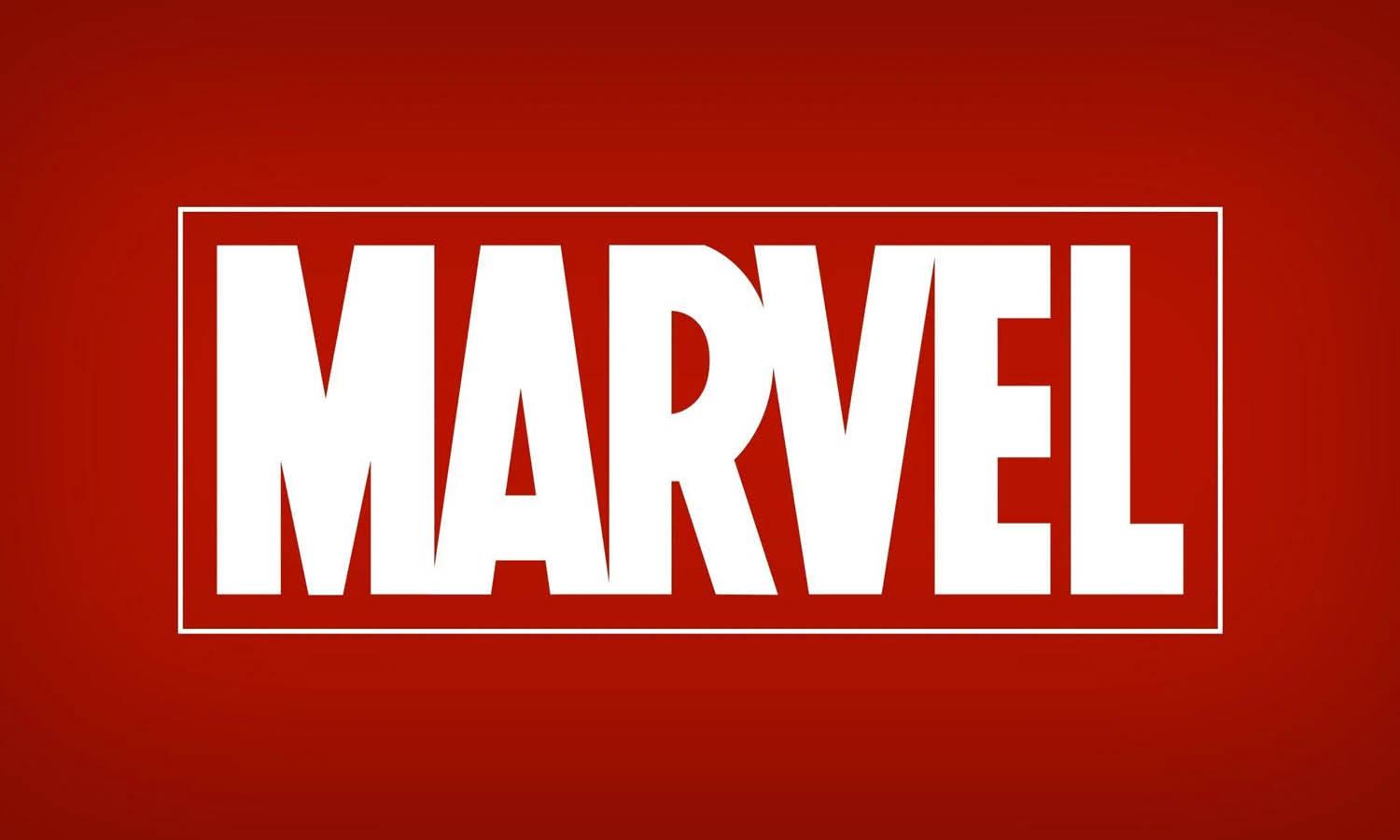
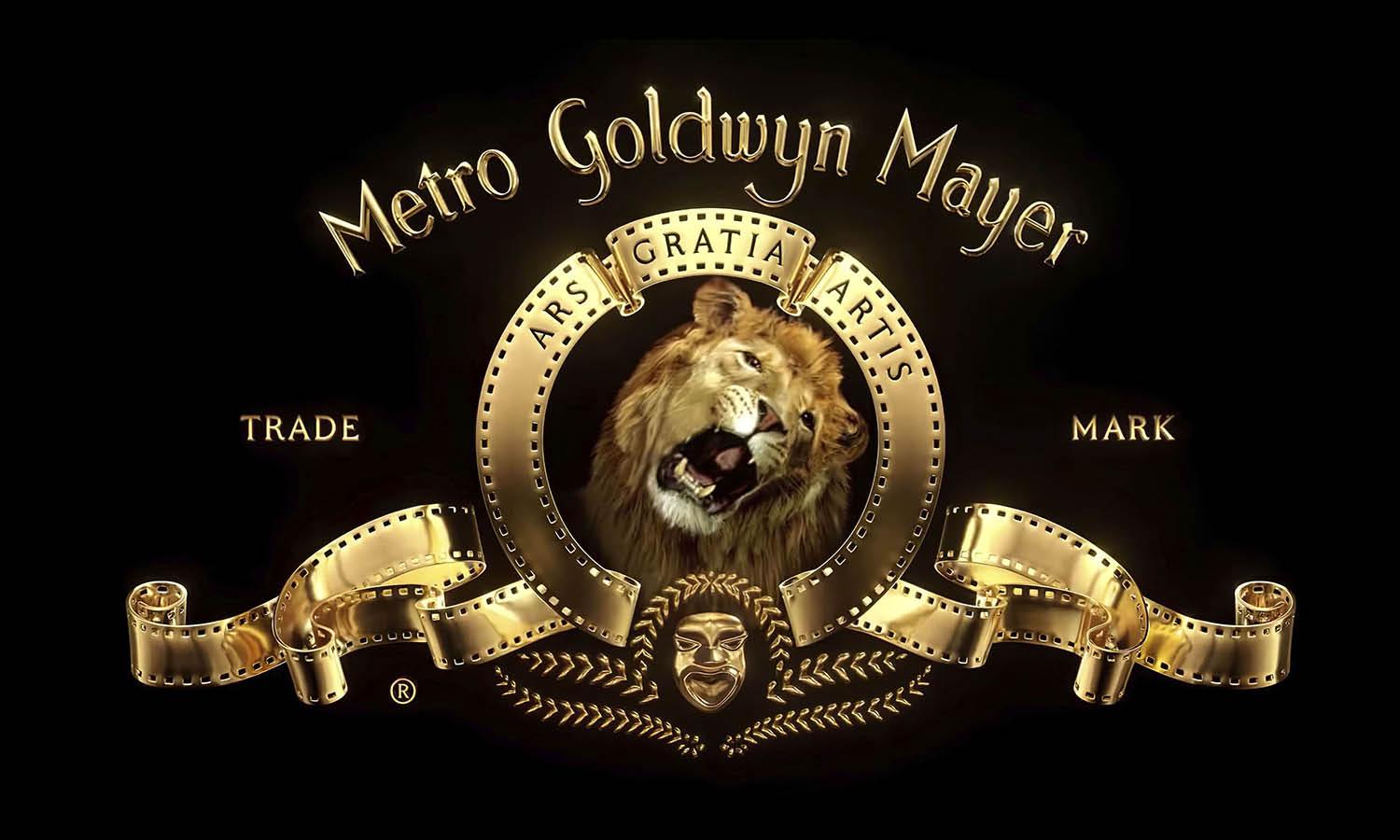
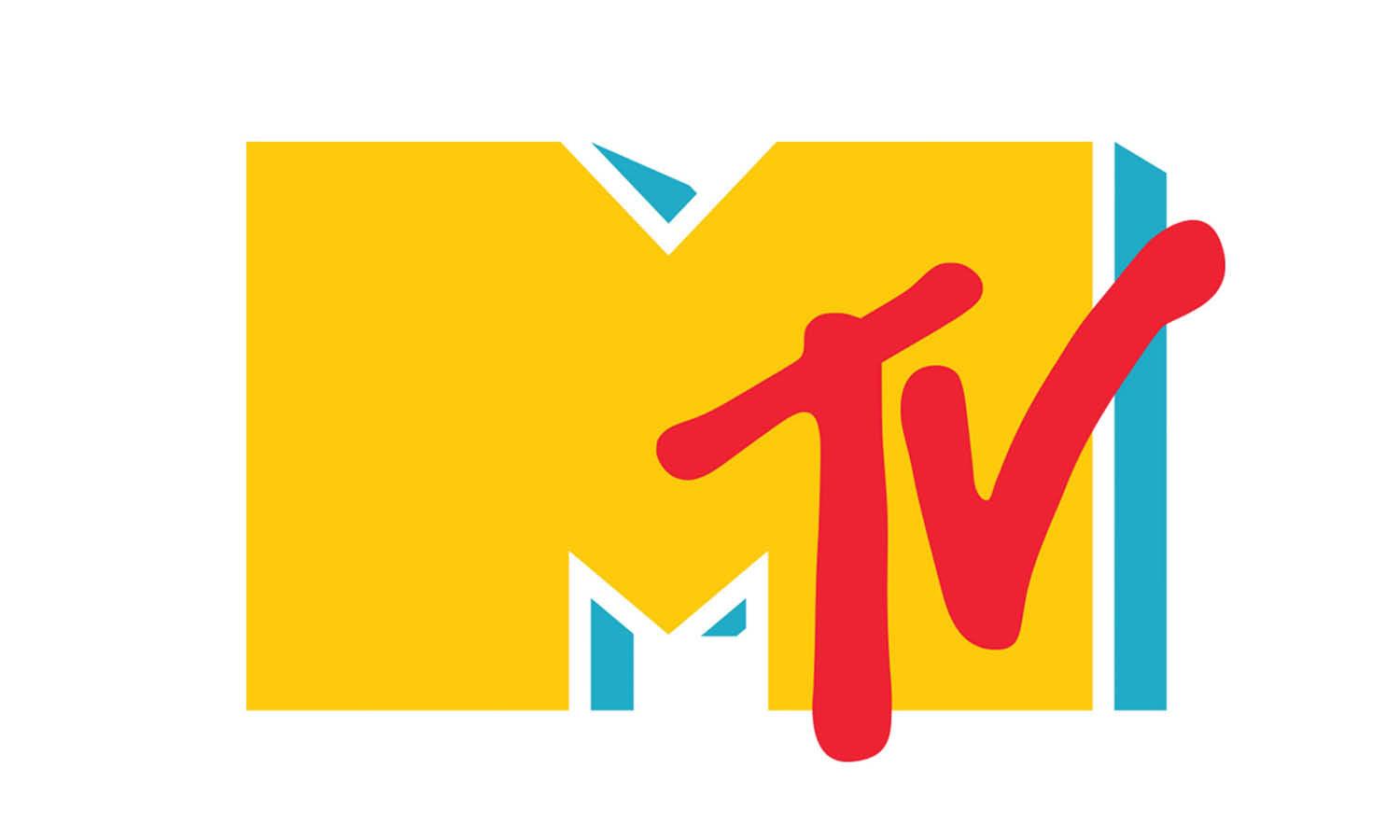
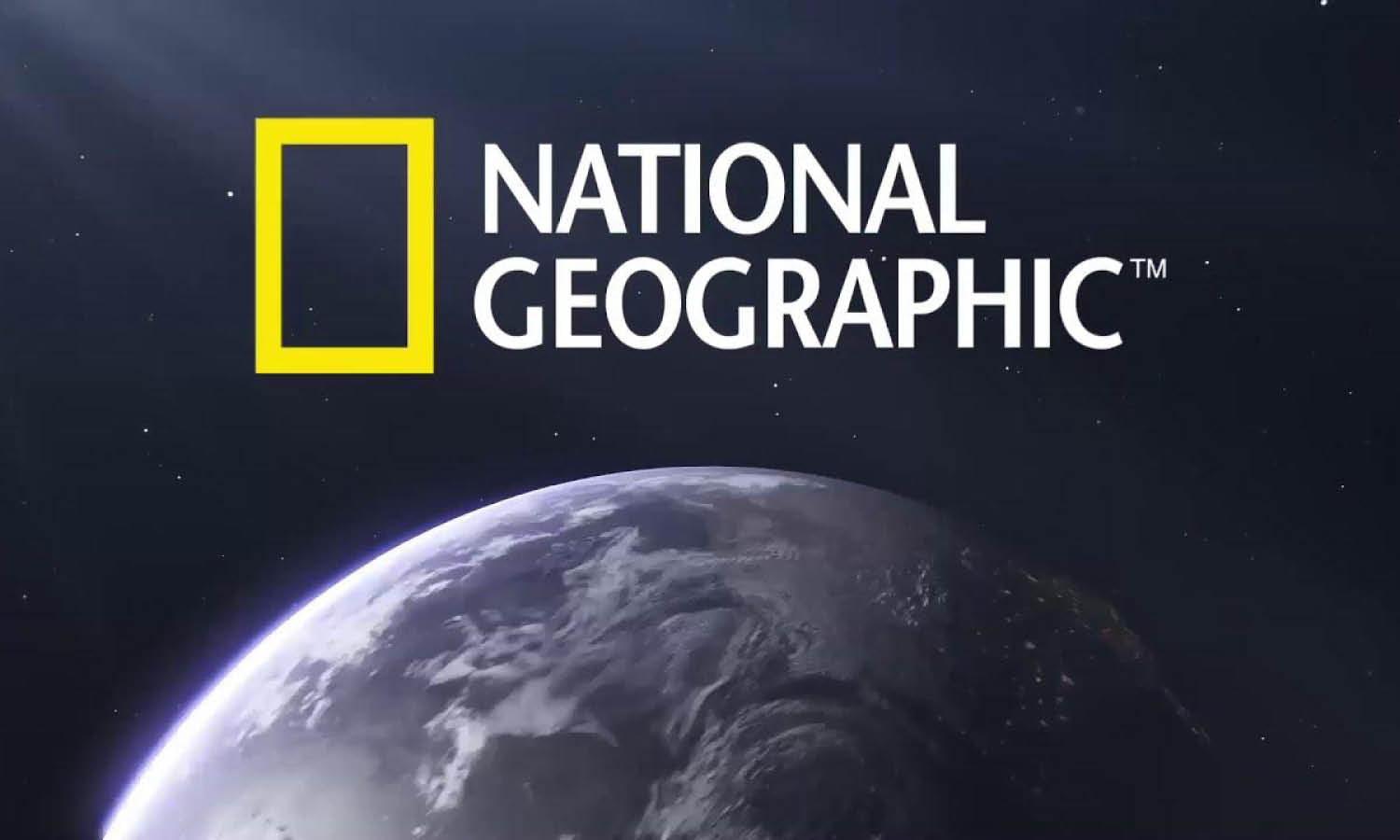

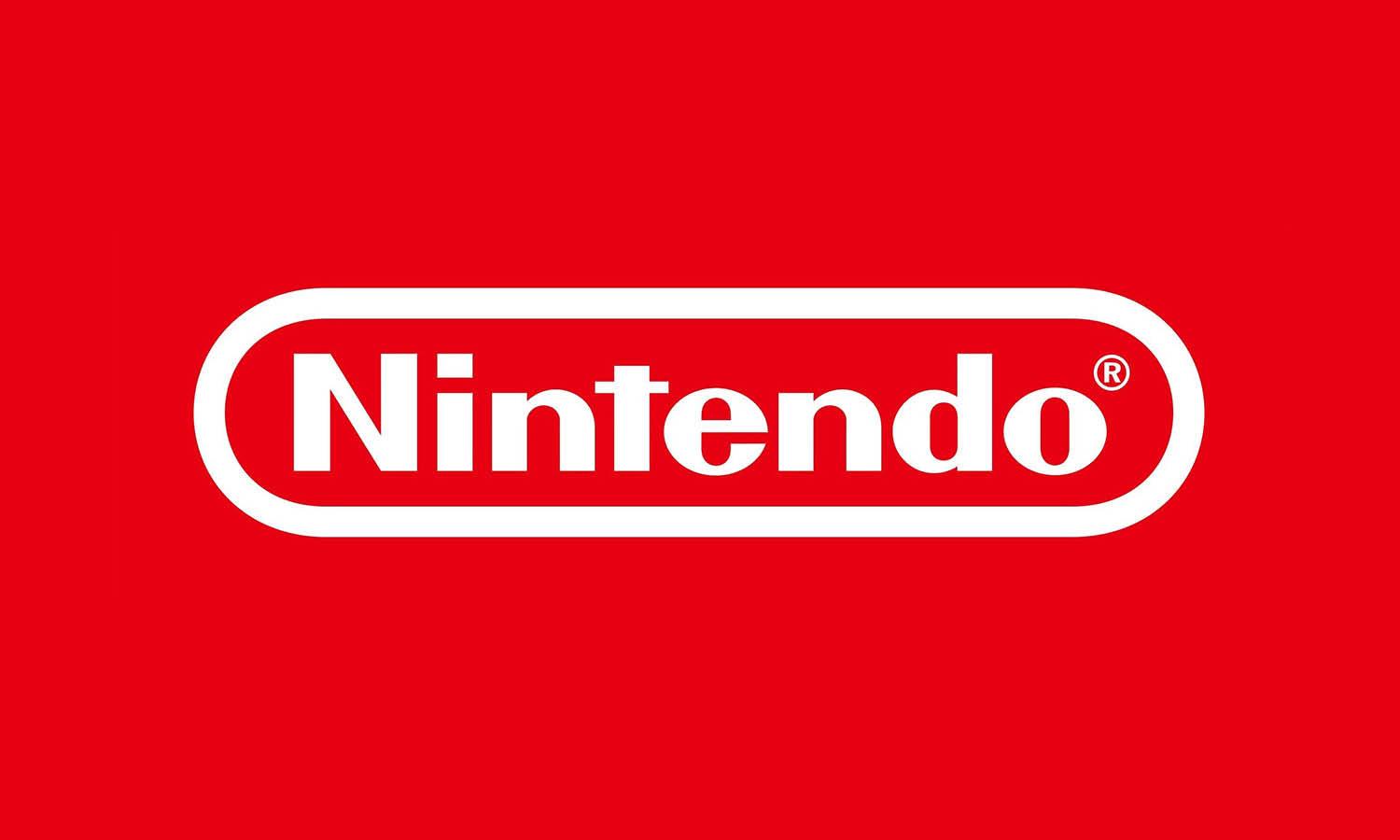









Leave a Comment